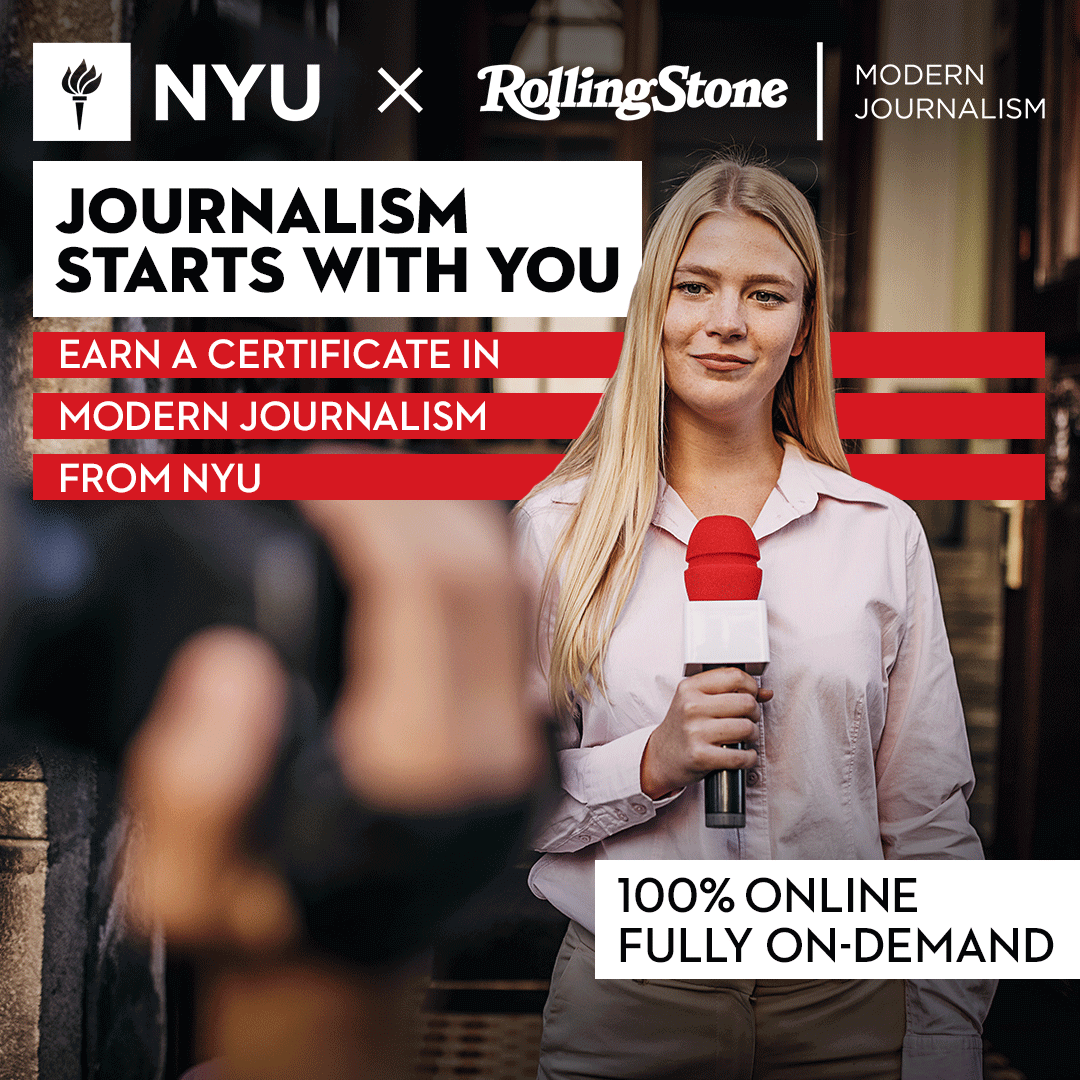Writing for newsletters is a crucial skill in today’s digital landscape, where effective communication is key to engaging audiences and driving business success. Newsletters serve as a powerful tool for businesses, organizations, and individuals to connect with their target audience, share valuable information, promote products or services, and build brand loyalty. Whether you are a marketing professional, a content creator, or a business owner, mastering the art of writing for newsletters can significantly impact the success of your communication efforts.
Crafting Compelling Subject Lines
The subject line is the first thing readers see when they receive a newsletter in their inbox. A captivating subject line can entice recipients to open the email and engage with the content inside. Keep your subject lines concise, clear, and compelling. Use action words, personalization, and a sense of urgency to grab the reader’s attention.
Understanding Your Audience
Before you start writing your newsletter content, it’s essential to understand your target audience. Tailor your messaging to resonate with the interests, preferences, and needs of your readers. Segment your audience based on demographics, behavior, or preferences to deliver personalized content that speaks directly to their interests.
Clear and Concise Messaging
In the age of information overload, readers appreciate clear and concise communication. Keep your newsletter content focused and to the point. Avoid long paragraphs and dense blocks of text. Use bullet points, subheadings, and visuals to break up the text and make the content more scannable and digestible.
Engaging Content
To keep readers interested and coming back for more, your newsletter content should be engaging and valuable. Include a mix of informative articles, industry insights, product updates, and exclusive offers. Use storytelling techniques to make your content relatable and compelling. Encourage reader interaction through polls, surveys, or calls to action.
Consistent Branding
Maintain consistency in your branding elements, such as logo, color scheme, and tone of voice, across all your newsletters. Consistent branding helps build brand recognition and trust among your audience. Ensure that your newsletters reflect your brand identity and values to create a cohesive brand experience for readers.
Mobile Optimization
With the increasing use of mobile devices for accessing emails, it’s crucial to ensure that your newsletters are mobile-friendly. Optimize your email design for smaller screens, use responsive layouts, and test your newsletters on various devices to ensure a seamless user experience. Make sure that your call to action buttons are easily clickable on mobile devices.
Measuring Success
To gauge the effectiveness of your newsletter campaigns, track key metrics such as open rates, click-through rates, conversion rates, and unsubscribe rates. Use analytics tools to monitor the performance of your newsletters and identify areas for improvement. A/B testing different elements of your newsletters can help you optimize your content for better results.
Compliance with Regulations
When sending newsletters, it’s essential to comply with email marketing regulations such as the CAN-SPAM Act. Ensure that your newsletters include a clear unsubscribe link, your physical mailing address, and accurate sender information. Respect your subscribers’ privacy and preferences by honoring opt-out requests promptly.
Building Relationships
Beyond delivering valuable content, newsletters are an opportunity to build relationships with your audience. Encourage feedback, respond to reader inquiries, and engage in two-way communication. Personalize your newsletters by addressing recipients by name and segmenting your email list based on their interests and engagement levels.
Continuous Improvement
The landscape of email marketing is constantly evolving, with new trends, technologies, and best practices emerging. Stay updated on the latest industry developments, experiment with innovative approaches, and learn from both successes and failures. Embrace a mindset of continuous improvement to refine your newsletter strategy and achieve long-term success.
Conclusion
Writing for newsletters is both an art and a science, requiring a blend of creativity, strategic thinking, and data-driven decision-making. By following these top 10 tips for writing engaging and effective newsletters, you can elevate your email marketing efforts, connect with your audience on a deeper level, and drive meaningful results for your business or organization.
Key Takeaways:
- Make the title of your email interesting so people want to open it.
- Know who you are writing to and what they care about.
- Keep your message short, clear, and easy to read.
- Share helpful or fun content that keeps readers interested.
- Use the same colors, style, and tone so people recognize your messages.
- Make sure your email looks good on phones and small screens.
- Check how well your email does by seeing how many people open and click it.
- Always include a way for people to stop getting your emails if they want.
- Talk to your readers and make them feel valued and heard.
- Keep learning new ways to make your emails better over time.
Building relationships, measuring success, and embracing continuous improvement are crucial for long-term success in email marketing. To further enhance your skills in visual storytelling and communication, consider exploring the Yellowbrick’s online course and certificate program, NYU | Modern Journalism. This comprehensive program can provide valuable insights and practical skills to help you excel in the field of visual journalism and make a lasting impact through effective storytelling.








